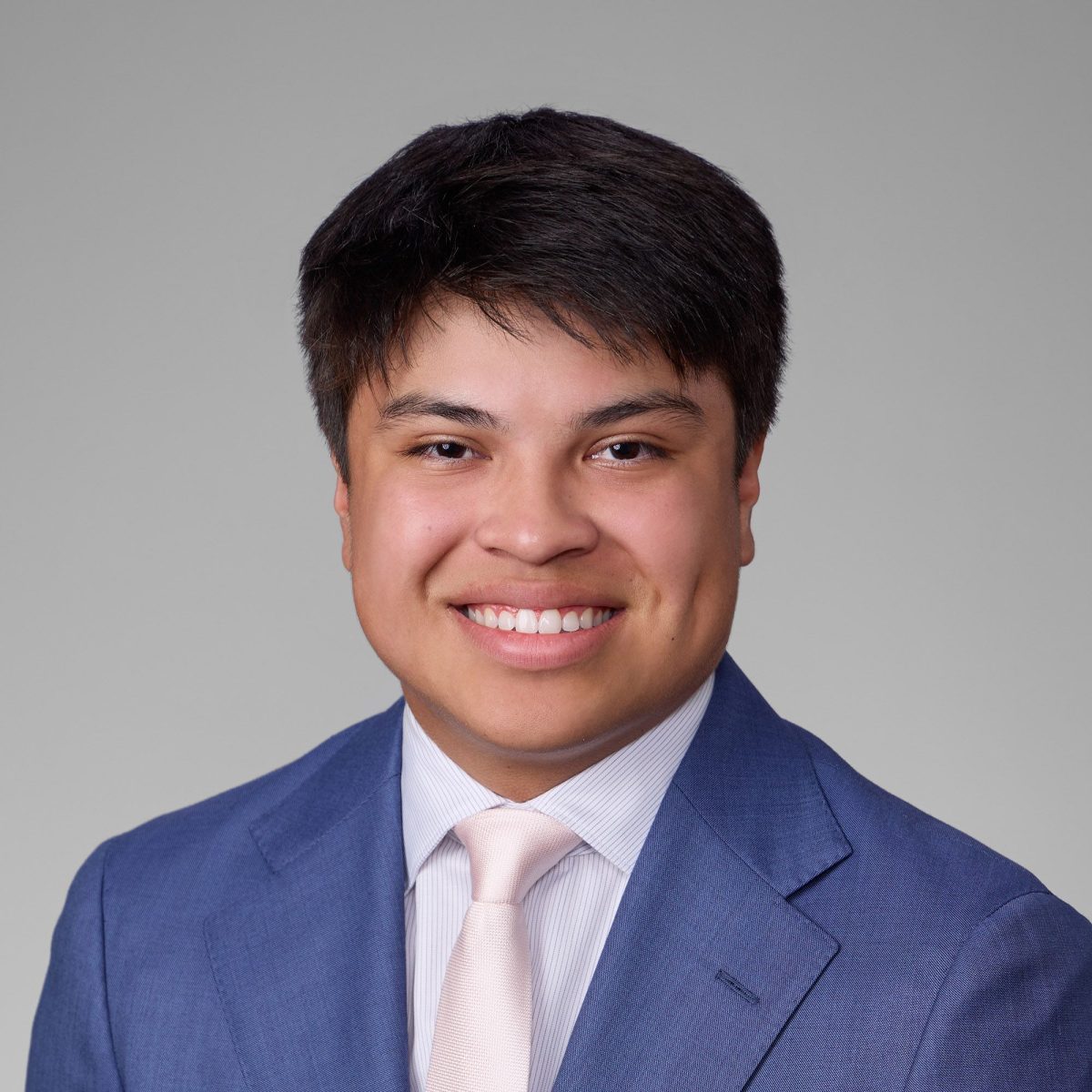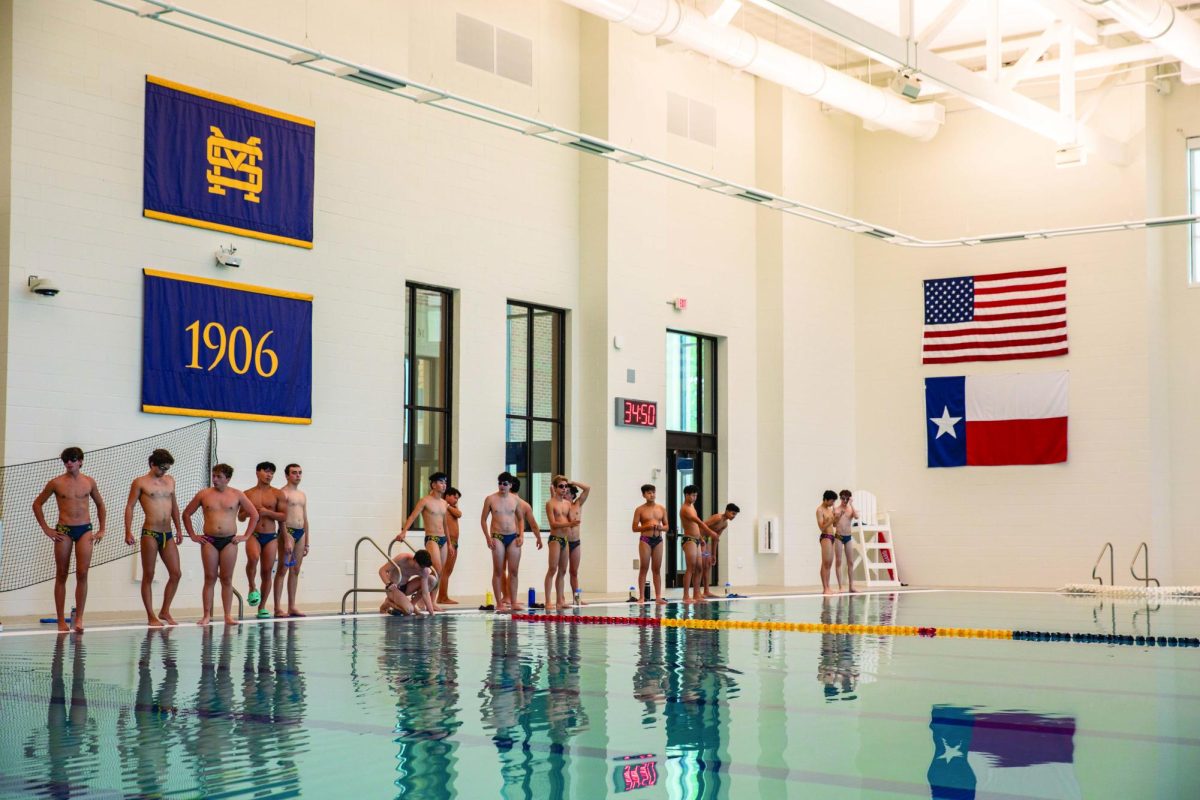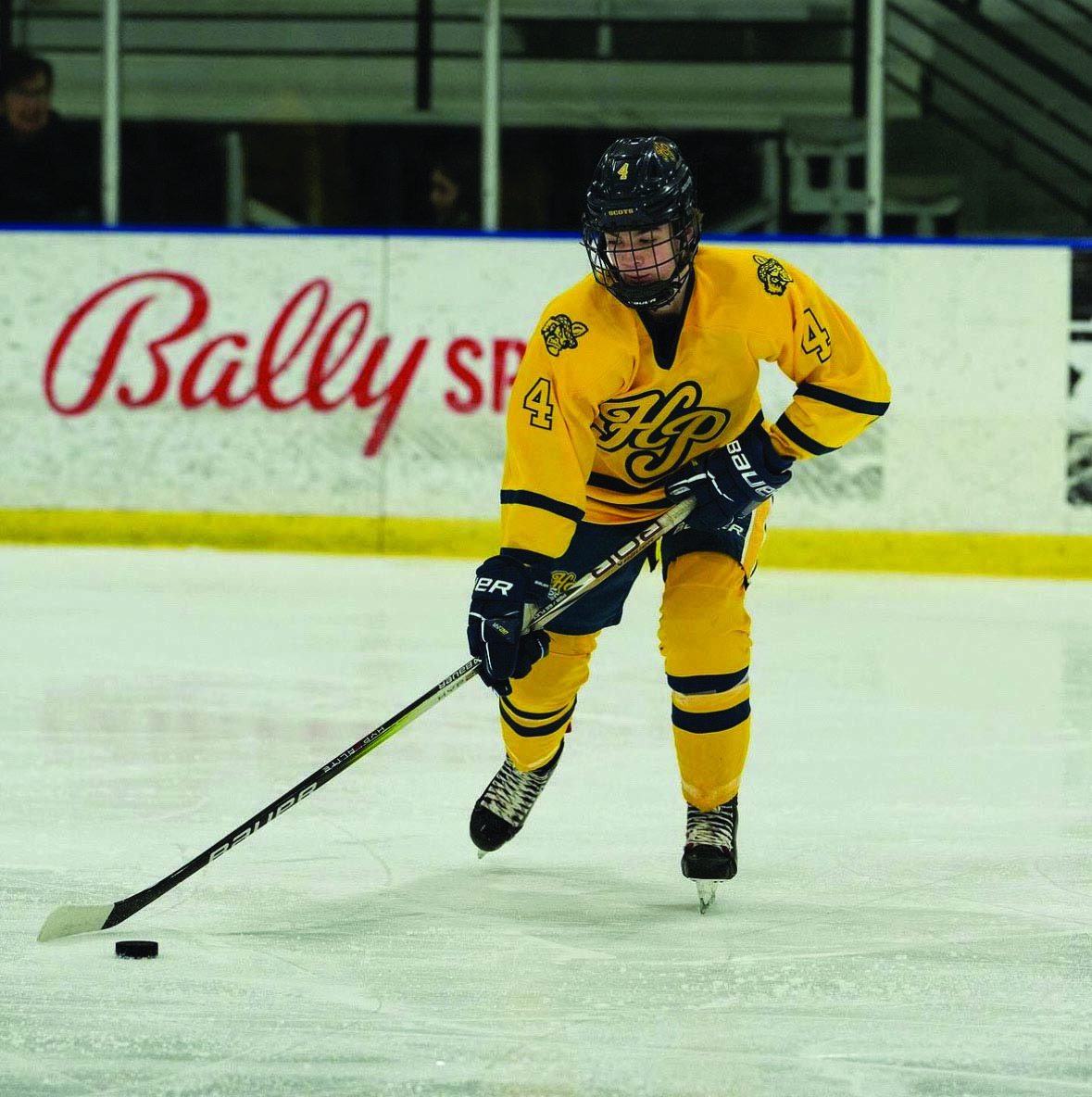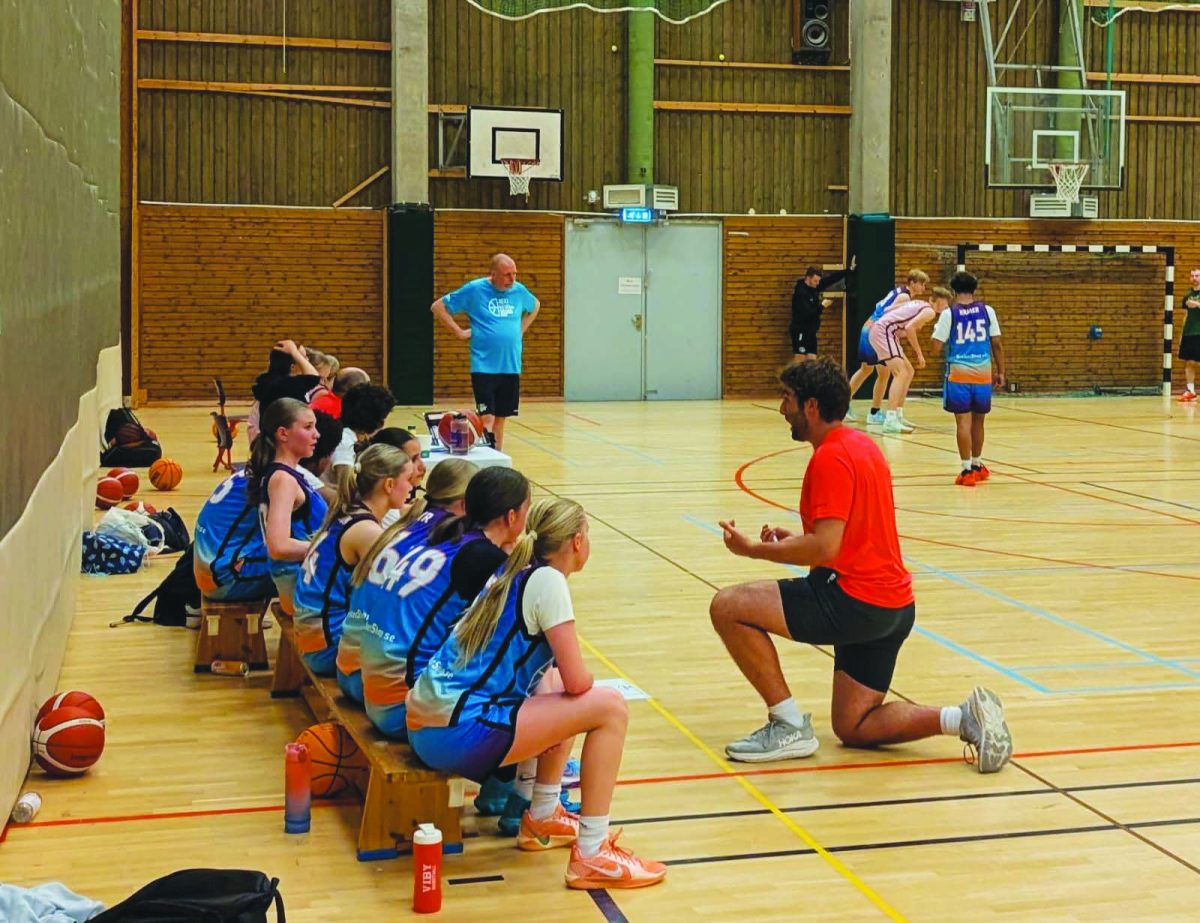Wind up.
“61!”
Just short.
Wind up again.
“63!”
12-year old Alex Dahlander just tied his PR.
As a sixth grade pitcher, all Dahlander cared about was being the best. To Dahlander, the road to improvement was paved with more commitment, more reps, higher speed—paved with a coach’s favorite saying: ”practice makes perfect.”
Dahlander, hitting personal best after personal best, became attached to the number on the radar gun. He raced after velocity and spin-rate, throwing hundreds of pitches per week, a seemingly normal action to take to have any chance at going pro.
Normal, until his UCL tore clean off the bone.
After days of uncertainty, X-rays and MRI scans, Dahlander finally landed in a spotless doctor’s office, a poster of elbow anatomy on the wall. He sat in the room’s vinyl medical chair, tearing the disposable paper, and waited for the news.
Staring at the drawings on the wall, Dahlander only had one thought.
“How could this happen to me?”
Dahlander’s future was unclear; although the doctors assured his recovery, he doubted himself, wondering if he would ever pitch again. Dahlander’s arm spent months in a sling and cast and replacing his practices were hours of physical therapy and band work. Only in the spring of his eighth grade year, after nearly two years of rest and recovery, would Dahlander return to play; this time, though, only as a catcher.
Dahlander’s story is not so different from that of a growing number of other young baseball players to recently undergo reconstructive arm surgery. The most common procedure, named after the pitcher Tommy John, aims to completely repair the UCL, an injury-prone elbow ligament. According to a study by Chicago’s Rush University Medical Center, kids whose arms have not yet fully developed now account for a staggering 57 percent of all Tommy John surgeries in the country.
Dr. Karim Meijer, an orthopedic specialist at Ochsner Health in New Orleans, has dedicated his life to treatment of sports-related injuries, from those in elementary-age athletes, all the way to those in Major League Baseball. As both a father and a regular performer of Tommy John surgery, Meijer has noticed these injuries occurring more frequently in younger athletes than ever before.
“I see them every weekend during baseball season,” Meijer said. “We have three or four of them right now on my 12 year old son’s travel baseball team. They’re just increasing in regularity.”
UCL tears in preteen pitchers have always been a rarity, as they predominantly occur at the high-school level; but as the rate of injury increases, the risk of serious injury becomes a hard reality for even younger athletes.
“I’ve had as young as a 10-year old have a Tommy John injury,” Meijer said. “They literally tore their ligament at 10-years old. That’s the youngest I’ve seen.”
Taking the time required to sufficiently repair torn elbow ligaments can counteract years of training and can ruin a prospect’s chances to play at the next level—exactly the opposite of what any coach wants to hear. But still, with the pretense of improvement and a hope to make it big, young athletes are recruited more and more to play in an unhealthy amount of practices and games in both school and club baseball.
“I took one of my younger sons out of travel baseball because they played 13 tournaments in the fall,” Meijer said. “They played 39 games.”
Although the SPC has taken measures to provide as much rest as possible, school and club pitchers who are expected to play all nine innings can still throw up to and even exceed a hundred pitches per game.
“I was on a club team and I was on a rec team,” Dahlander, now a sophomore, said. “I pitched every weekend for both teams, and pitched weekdays practicing for the rec team. There was just so much pitching.”
To add on to what’s already required of pitchers, pitching is inherently self-competitive. In a world where success equates to constant performance and improvement, pitchers can’t stay away from the numbers.
“You always just want to hit a new PR,” Dahlander said. “You want to pitch faster, because that’s what you want to see. That’s what coaches want to see.”
This amount of stress on a pitcher’s elbow quickly becomes noticeable, and from there, pitching only gets more uncomfortable. But to many, playing through pain is part of the game, despite the risks involved.
“I wanted to be the hero and push through the pain, so I kept on throwing even though my elbow was hurting,” Dahlander said. “One game, I threw a pitch and I just knew my arm was done.”
To be the athlete that beats the odds, avoiding injury, succeeding in college and making it big, is the ultimate goal for many high school pitchers. However, as speed, money and expectations are elevated in professional baseball, so is the risk of playing. Recently, Major League Baseball has seen a spike in the amount of players undergoing Tommy John, and among the fastest-throwing pitchers in the league, 30 of 64 have undergone reconstructive surgery, according to USA Today.
“The rate of Tommy John injuries in Major League Baseball is just out of control,” Meijer said. “They’ve got a real problem. There are multi-millions of dollars spent on pitchers who are sitting on the IL, with almost a third of Major League pitchers now having Tommy John. The number used to be, I think, 25 percent…it’s not going in the right direction.”
To remain competitive in a growing pool of talent, pitchers are forced to throw harder and to put their elbow further at risk. Many scouts today expect high school pitchers to throw upwards of 90 mph, just to have a chance at playing in college—with even slimmer odds of pitching professionally.
As these younger players are drafted into the MLB, the league’s priorities have shifted; accuracy has become secondary to speed. According to Sports Illustrated, there has been a 31 percent increase in the number of pitchers throwing over 100 mph.
“Scouts would rather have a guy throw 95 mph and can barely throw a strike than a kid throwing 60 who can put it wherever he wants, because that’s just how the game is now,” Dahlander said.
It’s unnatural for a human to throw anything at such high speeds, especially on a daily basis. But the game of baseball requires that pitchers do it, through monetary incentive, day in and day out. The physical limitations of the UCL are being pushed, and at a certain point, it can’t handle the stress.
“A lot of these major leaguers, I think they just don’t care,” Meijer said. “They look at it like, ‘I’m gonna pitch until the wheels fall off, at as high velocity as possible, to get paid as much money as possible. And if I tear it, I’ll just get Tommy John.’”
Many younger pitchers have worn down their arms before even setting foot on an MLB diamond; as higher and higher expectations are placed on young children to succeed, many have taken the idea that mastery is a product of thousands of hours of repetitions and applied it to physically demanding sports.
“If you work on the piano for 10,000 hours, you’re going to get good at it,” Meijer said. “But you can’t throw baseballs for 10,000 hours and think you’re going to be just great at baseball with no possibility that you’re going to injure your elbow or shoulder.”
These long hours leave no time for other sports in a child’s schedule, and well-roundedness soon becomes an impossibility. But specialization in any sport, especially with high-speed pitching, leads to years of muscular imbalance, damaged growth plates and overuse, only hurting the player in the long run.
“This combination that you’re seeing now with wear and tear on the ligament and velocities going up,” Meijer said, “it’s just a perfect storm.”
Although arm injuries seem to be becoming more prevalent and almost unavoidable for pitchers young and old, every wrong step can be countered by taking proper precautions.
Junior Deven Pietrzak has pitched all his life and has never had an injury. He mainly attributes his lack of injury to an extremely thorough stretching routine before any time he pitches.
“I get to the field like an hour and 15 to an hour and 20 minutes early, and then I’ll do some soft tissue work with a massage gun,” Pietrzak said. “I’ll do a dynamic warmup for like 20 minutes, and get my whole body ready. Then, I do some stretching and mobility work, and I do arm care which is for the shoulder. And then after all that, I’ll start throwing lighter and then build up.”
Another aspect of proper arm care is in its usage—to prevent the effects of specialization in his own children, Meijer has them rotate between baseball and four other sports throughout the year. By playing multiple sports, athletes can improve their mobility and learn to use all of their muscles properly.
But according to Meijer, pitchers, most importantly, under-appreciate the value of rest.
“At the youth level, you can’t throw year-round,” Meijer said. “There’s a lot of recommendations that you should rest four months out of the year. For example, if you pitch in the spring, don’t pitch in the fall. I know batting is a year round thing and there aren’t many batting injuries, but you can’t throw year round all the time. You’re just gonna get hurt.”
Instead, Meijer believes pitchers should treat rest as a way to improve their game—and that sometimes, practice doesn’t always make perfect.
“I see value in reps, and I see value in putting the work in, but there’s value in rest,” Meijer said. “When you rest, you can still become a better baseball player without ever throwing a baseball.”







